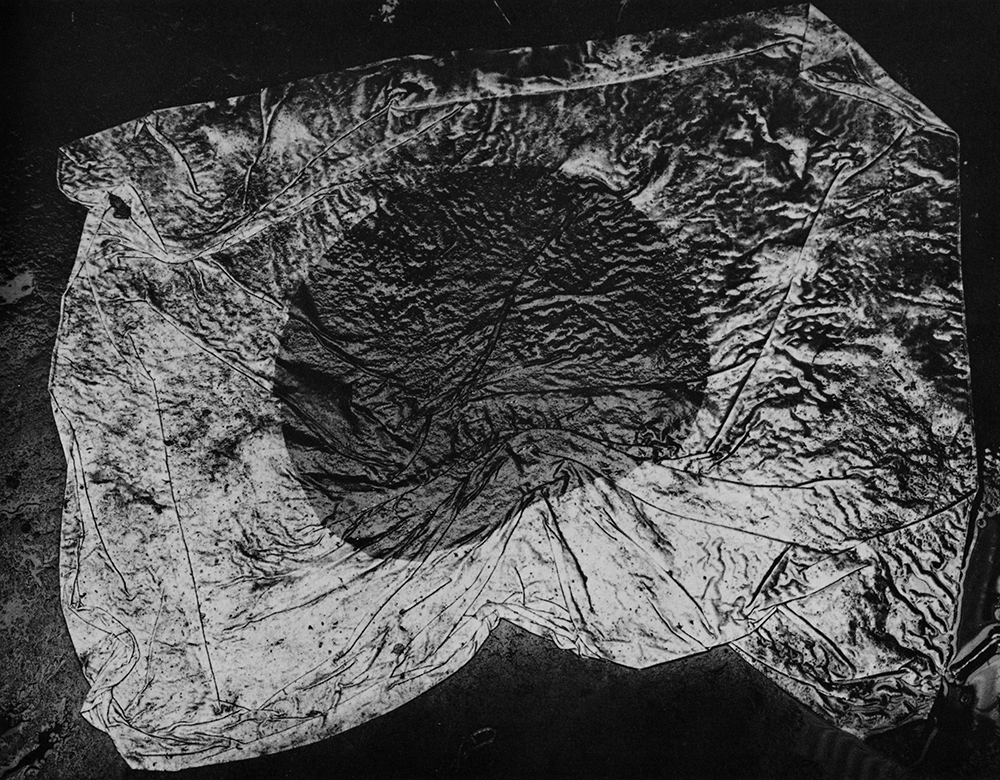This is the second part of my interview with Mariko Takeuchi, last year’s guest curator the Guest Curator of the Paris Photo fair. The interview was published (without the images) in foam magazine #17, winter 2008.
—-
Part II (Part I of the interview here)
Ferdinand Brueggemann:
Speaking of institutions and the galleries I would like to ask about Rinko Kawauchi. She is highly successful in the West, with many solo shows in Europe, in the USA and even in Latin America, but so far she has had only one solo exhibition in a Japanese museum, and that was in the countryside a long way out of Tokyo. Do you have an explanation for this gap?
Mariko Takeuchi:
Perhaps it is not appropriate to judge an artist’s success only by his or her solo exhibitions in Japanese museums. Nevertheless, it is still not easy for Japanese photographers to be recognized and promoted by Japanese museums. For example, Yutaka Takanashi, who played a leading from around Provoke Era at the end of the 1960s will have his first museum-scale solo exhibition at the National Museum of Modern Art, Tokyo next January. As you know, even though there are several museums which collect and exhibit photographs, it is still not easy for a photographer to get a solo show in a museum. In spite of that, Rinko Kawauchi, for example, is amazingly successful in Japan. Her photobooks are very popular. The common way to success for photographers in Japan is to first publish a photo book.
Talking about photobooks I would like to come back to John Szarkowski’s show in 1974. In the exhibition catalogue Shoji Yamagishi, the Japanese co-curator, made the very important observation that the photobook is the most important tool for Japanese photographers to communicate their work. He gave three reasons for this: the aesthetics of the book, the shortage of exhibition venues and a non-existing art market: “Japanese photographers have only a limited opportunity to present their original prints to the public and no opportunity to sell their pictures to public or private collections. […] Japanese photographers usually complete a project in book form…”
Is Yamagishi’s observation that the photobook is the most important medium for a photographer still valid?





















